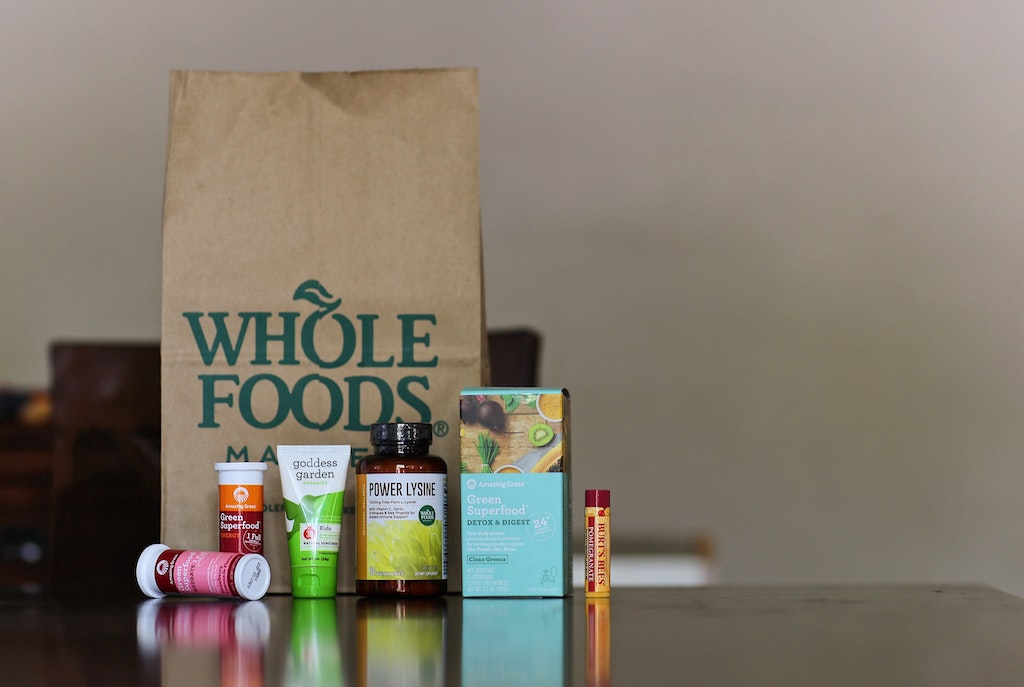6 Mins Read
Wellness centers with fitness and spa services and plant-based restaurants could be coming to a town near you soon, thanks to John Mackey, the founder of Whole Foods Market.
When John Mackey and the original Whole Foods Market co-founders opened their doors in Texas in 1980, the vision was always about community. The store bought from local growers and makers. It focused on foods that were healthy—whole foods indeed—such as fresh fruits and vegetables, grains, beans, and small-farm-produced meat and dairy.
Whole Foods soon added more items to meet the demands of customers who were leaving the store to finish their shopping elsewhere. Mackey and the team brought in household items, beauty products, and more. Deli cases and salad bars soon sprouted up, as did wine shops and sustainable home goods. Then came the additional locations—more than 500 now—the commitment to organics, animal welfare standards, and stringent ingredient bans for food, personal, and household items.
Hippie food
In its heyday of expansions, Whole Foods was king, a master gentrifier, moving into up-and-coming neighborhoods, boosting local property values, and attracting like-minded businesses. And it set trends in the stores, too. No national chain store had ever sold grilled tofu in its deli case before Whole Foods. Now, there are vegan options at Burger King, KFC, and McDonald’s, among scores of others. The vegan food market is valued at more than $40 billion and growing in both retail and restaurants.
When Christine Muhlke wrote in the New York Times in 2017 that “the hippies have won,” she was largely referring to the Whole Foods effect: granola and kombucha, kale, and kraut that were fringe hippie foods in the 1970s became darlings of the high-end supermarket dubbed “Whole Paycheck” for its high prices.

Whole Foods punctuated a healthy lifestyle in other areas, too—selling yoga mats, meditation tools, and these adjacent wellness cultures went mainstream right alongside it—often in the same building.
Throughout the chain’s meteoric rise, it continued its focus on local community. There were “foragers” in each of the chain’s regional offices that brought in the local items the supermarket chains down the road didn’t carry. There were large posters throughout the stores introducing customers to the farmers and growers behind their food. There were community events, cooking classes, and grand opening parties that could rival Hollywood red carpet events.
Whole Foods after the Amazon sale
When Whole Foods sold to Amazon in 2017 for $13 billion, much of the company’s ethos stayed the same. But even with Mackey still at the helm until the end of this month, compare images of Whole Foods then and now, and the differences are noticeable: the uber-local focus is gone, for the most part. House brands have taken the place of best-selling name brands. Quirky sections of household and beauty items have been dramatically scaled down, if not completely removed. Even the deli offerings seem standardized instead of the focus on local favorites.
Not all the changes are bad ones, though: prices are better on most items throughout the store. hardly anyone calls it Whole Paycheck these days. Selections are consistent from location to location so favorite items are more reliable and easy to find. Amazon shoppers earn points and deeper savings. You can even drop off Amazon returns at any Whole Foods.
But anyone who’s shopped at Whole Foods before and after will tell you there’s a palpable if hard-to-pinpoint difference. Could it be the community angle so emphasized throughout the years? And, is Mackey now bringing it back?
A healthy Whole Foods America
According to recent records that show Mackey as a partner in Healthy America LLC, that could be the case. Bloomberg reports the company has raised more than $31 million so far this year. The focus is a “national network” of medical wellness centers and plant-based restaurants. Mackey, who turns 69 this week, has long been plant-based even despite Whole Foods offering meat and dairy.
The new company, which looks to be branding its first location as Love Life! after a Miami restaurant it acquired last year, is expected to open in Southern California early next year.
There’s already a team in place that looks a lot like Whole Foods, including a roster of the chain’s former C-suite members: Walter Robb, who was co-CEO alongside Mackey, as well as Betsy Foster, a longtime executive who departed in 2020. Bloomberg reports that a number of other former executives have joined the startup based on updates to their LinkedIn profiles. Mackey will exit Whole Foods at the end of this month after announcing his retirement plans last year.

A now-closed job posting called the venture “an evidence-based lifestyle company, leading the convergence of culinary, healthcare, and wellness. For the first time ever, we are bringing together all three under one roof, to meaningfully transform the health and wellbeing of individuals.” The chain will include membership options and a-la-carte services.
According to Bloomberg, the new venture’s restaurants offer “a broad spectrum of eclectic plant-based dining options, ranging from the most health-promoting to a balanced indulgence.” The wellness centers are described as “rooted in lifestyle medicine,” featuring “the best of Western and Eastern medicine, alongside wellness, educational and fitness, and spa services.”
The concept is catering to the growing niche market of niche markets; LA-based Erewhon has thrived in the last five years since Whole Foods sold to Amazon. Once a head-to-head competitor with Whole Foods, Erewhon has expanded its locations, leaned into the local and hard-to-find items, and is thriving selling products at a premium, even with membership discounts as Whole Foods’ former buzz has waned.
Plant-based and wellness communities have grown substantively in the last several decades due in large part to Whole Foods’ influence. There’s the Goop empire and Moon Juice leading the luxury side along with spas like Golden Door, but also spots like Kreation and Juice Crafters that focus on the mainstream wellness consumer. Covid amplified demand for wellness products from green juice and supplements to services like massage and acupuncture.

Can Mackey and his team bring its same Whole Foods-level success to its new concept? If the past is any indicator, it seems likely.
“Many people can go their entire lives without ever discovering their higher purpose, but I was lucky enough to discover mine back in 1976 when I was living in a vegetarian co-op named Prana House in Austin – two years before we first opened Safer Way [which would become Whole Foods],” Mackey wrote in a letter to employees last year when he announced his retirement.
“My food consciousness was first awakened at Prana and I began to discover what I was called to do in this life. How fortunate I have been to live in such a fulfilling way.”



